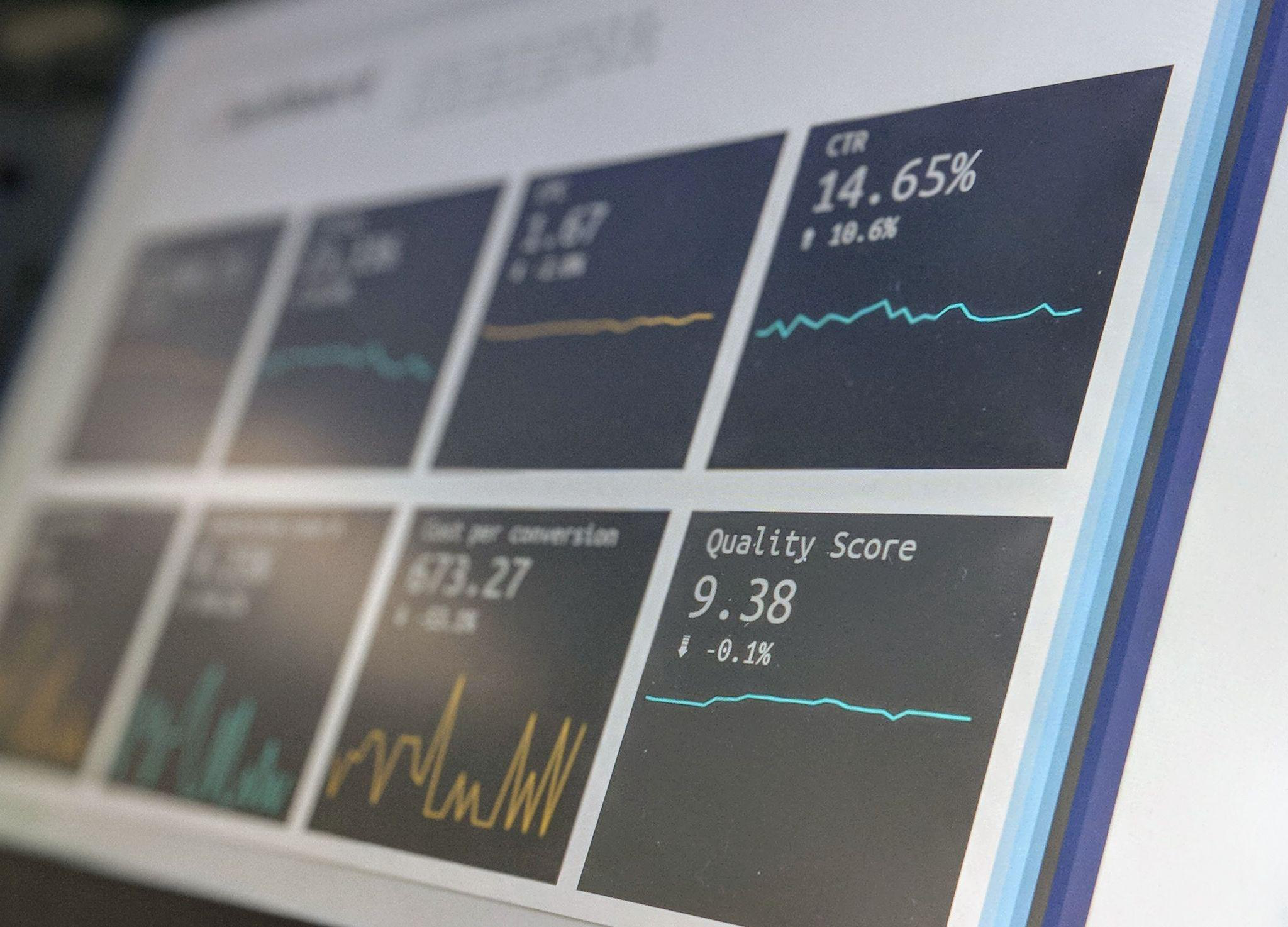In today’s world, digital marketing is a powerful tool for businesses to reach their target audience. However, with such fierce competition online, it can be challenging to stand out in the crowd. The secret to successful digital marketing lies in personalization – tailoring your content and messaging specifically to your customers’ needs and interests. In this blog post, we’ll explore why personalization is key when it comes to creating engaging campaigns that drive conversions and build long-term customer loyalty. So sit back and get ready to take your digital marketing game to the next level!
Introducing Personalization
Digital marketing is all about connecting with your audience in a meaningful way. And what better way to do that than by personalizing your marketing messages?
Personalization is the process of tailoring your marketing content to fit the specific needs and interests of your target customer. By personalizing your content, you’re more likely to capture their attention and interest, which can lead to more conversions and sales.
There are a few different ways you can personalize your marketing content, such as:
- Use personalized subject lines in your emails.
- Address your customers by name in your communications.
- Send targeted messages based on customer behavior or preferences.
The Benefits of Personalization
When it comes to digital marketing, personalization is key. By definition, personalization is the process of tailoring content and experiences to meet the unique needs and interests of an individual. In the context of digital marketing, this means creating a seamless and customized experience for each user that reflects their specific preferences and interests.
The benefits of personalization are many and varied, but ultimately it boils down to two things: improved customer satisfaction and increased conversions. Let’s take a closer look at each of these benefits in turn:
Improved customer satisfaction: When users have a personalized experience, they are more likely to be satisfied with your brand as a whole. This is because they feel like you “get them” and are catering to their specific needs. As a result, they are more likely to become loyal, long-term customers.
Increased conversions: Personalized experiences are also more likely to lead to conversions – that is, taking the desired action such as making a purchase or signing up for a newsletter. This is because users who feel like you understand them are more likely to trust your brand and recommendations.
So there you have it: personalization is not only good for your customers, it’s good for your bottom line as well! If you want to be successful in digital marketing, make sure you’re incorporating personalization into your strategy.
How to Use Personalization in Your Digital Marketing Strategy?

Personalization is a key to successful digital marketing because it allows you to tailor your marketing messages to specific individuals. By personalizing your marketing, you can more effectively target your audience and improve your results.
There are several ways that you can personalize your digital marketing. One way is to segment your audience into different groups based on common characteristics. This allows you to create customized messages for each group. Another way to personalize your digital marketing is to use customer data to create personalized experiences for each individual. This could include using someone’s name in an email or showing them products that are similar to ones they have viewed in the past.
By using personalization in your digital marketing strategy, you can improve your results and better engage your audience.
Case Studies of Successful Personalized Digital Marketing Campaigns
Digital marketing is continually evolving, and personalization has become a key element of successful campaigns. By understanding your audience and tailoring your messages to them, you can create a more engaging experience that leads to conversions.
There are a number of ways to personalize your digital marketing campaigns. Here are three case studies of successful personalized digital marketing campaigns:
1. Amazon’s Personalized Recommendations
Amazon is well-known for its personalized recommendations, which are based on past purchases and browsing history. These recommendations allow Amazon to upsell and cross-sell products to customers, which increases their average order value.
2. Netflix’s Targeted Advertising
Netflix uses targeted advertising to promote its content to specific audiences. For example, they may target ads for their new show “Stranger Things” to people who have watched other sci-fi shows on Netflix. This targeting helps Netflix save money on advertising costs, and it also ensures that their ads are more likely to be relevant and interesting to the people who see them.
3. HubSpot’s Customized Email Marketing Campaigns
HubSpot is a company that specializes in inbound marketing, and they use personalized email campaigns as part of their strategy. They collect data about their leads’ interests and behavior, then use that data to send highly targeted emails with customized content. This approach helps HubSpot increase conversion rates and close more deals.
Tips for Getting Started with Personalization

1. Define your target audience: Segment your customer base and create different personas for each group. Doing this will help you better understand their needs and how to personalize your marketing messages to them.
2. Collect data about your customers: Use web analytics tools to track the behavior of your website visitors and learn more about their preferences. This data can be used to personalize future marketing campaigns.
3. Use personalization in your email marketing: Address your recipients by their first name in emails and personalize the content to match their interests. You can also use automation tools to send triggered emails based on specific actions taken by the recipient.
4. Create personalized landing pages: Tailor your website’s landing pages to match the interests of your different customer segments. This will help improve conversion rates and drive more targeted traffic to your site.
5. Use social media for personalization: Take advantage of social media platforms like Facebook and Twitter to deliver personalized content to your followers. You can use tools like Hootsuite Insights to segment your audience and find out what kind of content they are most interested in seeing from you.
6. Test and measure: Personalization is an ongoing process. Use A/B testing to evaluate the effectiveness of different strategies and adjust your approach as needed.
Conclusion
In conclusion, personalization is an essential element of effective digital marketing. With the right strategies and techniques, you can tailor your messages to better engage with your customers and create a deeper connection with them. To truly succeed in this fast-paced online landscape, companies must approach their customers on a more personal level by using personalized content that speaks directly to their needs and interests. By leveraging the power of personalization, marketers can ensure they are providing relevant experiences for their customers at every touchpoint.








